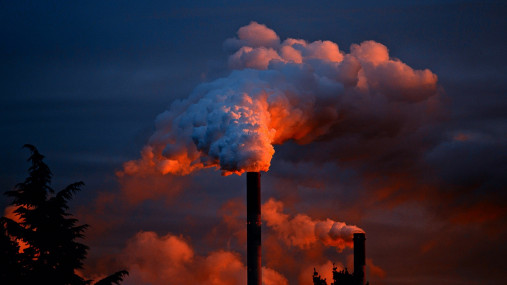
Publications » Position papers » Energy Efficiency Directive
Energy Efficiency Directive
Downloads and links
Recent updates

The European industry keeps facing high energy prices that affects its cost-competitiveness towards main competitors in third countries. The issue of high energy costs, in particular for energy-intensive industries exposed to global competition such as steel, must be addressed through a coherent EU energy and climate policy that ensures affordable energy prices, industrial competitiveness on the EU’s internal market as well as on international markets, security of supply and reliable achievement of the EU climate and environmental objectives.
The regulatory framework shall address and minimize the impact of regulatory costs related to decarbonisation and the promotion of energy efficiency on the competitiveness of energy intensive-industries and promote innovative low carbon solutions that can contribute to the energy and climate targets, taking exposure to international competition fully into account.
Due to the high share of energy costs in total production costs, energy efficiency is a key element for preserving the competitiveness of European steel companies. This is why they operate processes very close to the thermodynamical limits in terms of energy consumption. Deeper emissions reductions are only possible with the deployment and roll out of breakthrough technologies that require, among others, access to abundant and competitive low carbon energy sources, including hydrogen and electricity.

Download this publication or visit associated links
Brussels, 02 July 2025 – The 90% climate target proposed today by the European Commission demands an unprecedented transformation of EU society and industry in just 15 years. The European steel industry is already doing its part, but a viable business case for the transition is still lacking. To enable it, the EU needs to implement the Steel and Metals Action Plan much more decisively, delivering a highly effective trade protection against global overcapacity, access to internationally competitive low carbon energy and scrap, and a watertight CBAM, says the European Steel Association.
How global overcapacity is destroying European industries
European Steel in Figures 2025 is EUROFER's statistical handbook, laying out in an easy-to-use format the key statistics and data about the performance and footprint of one of Europe's most important strategic sectors